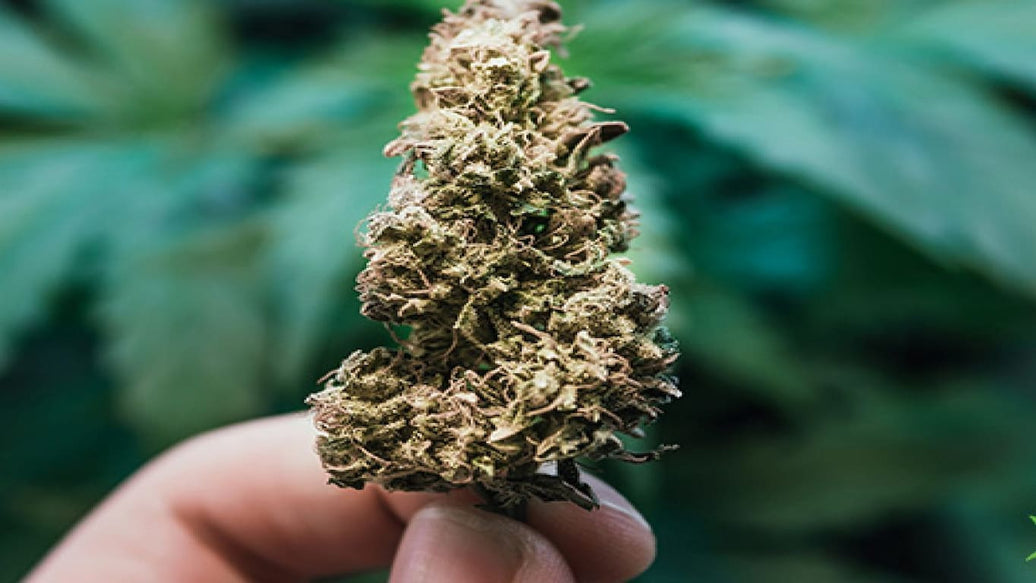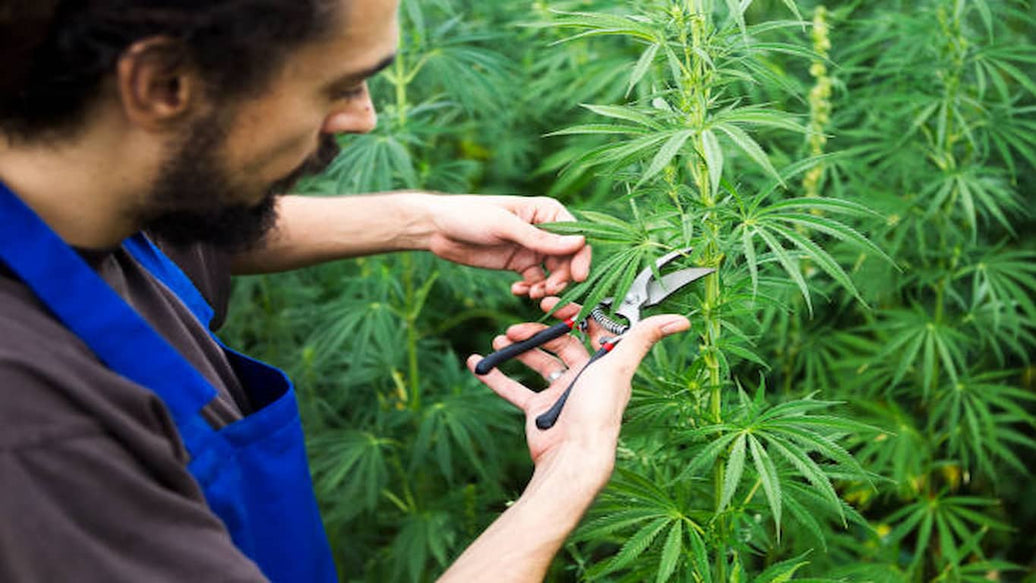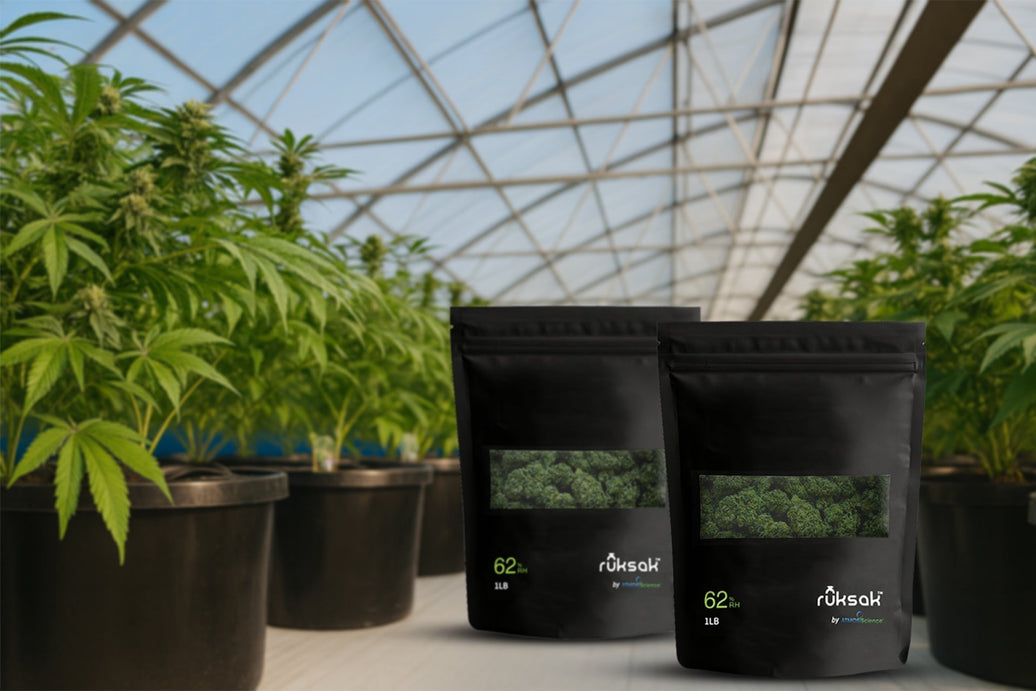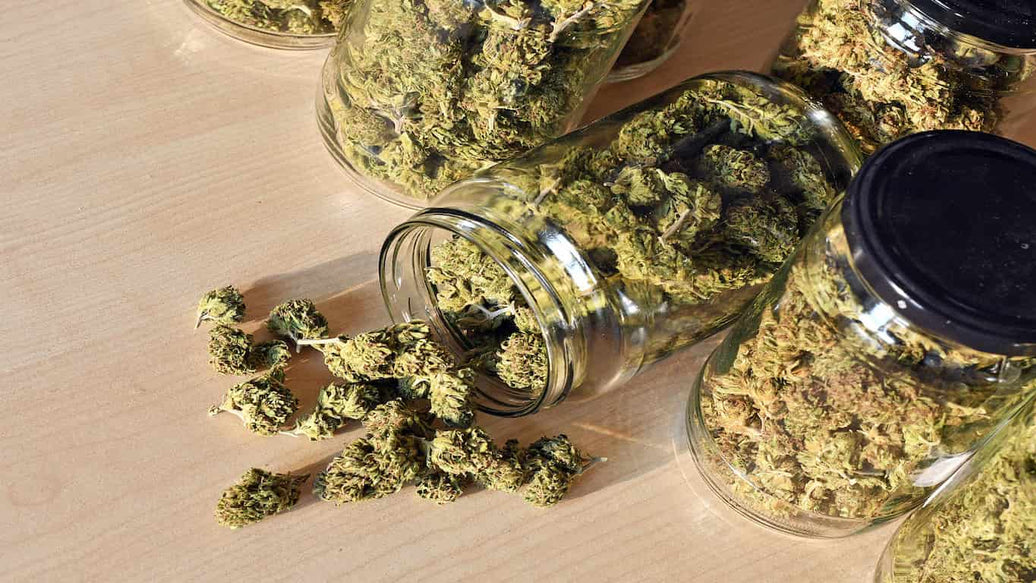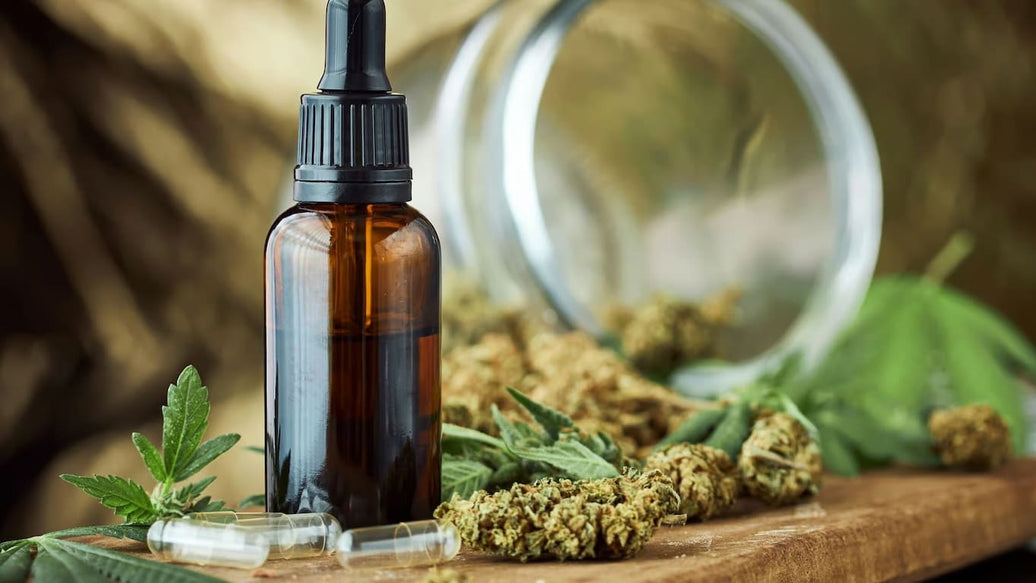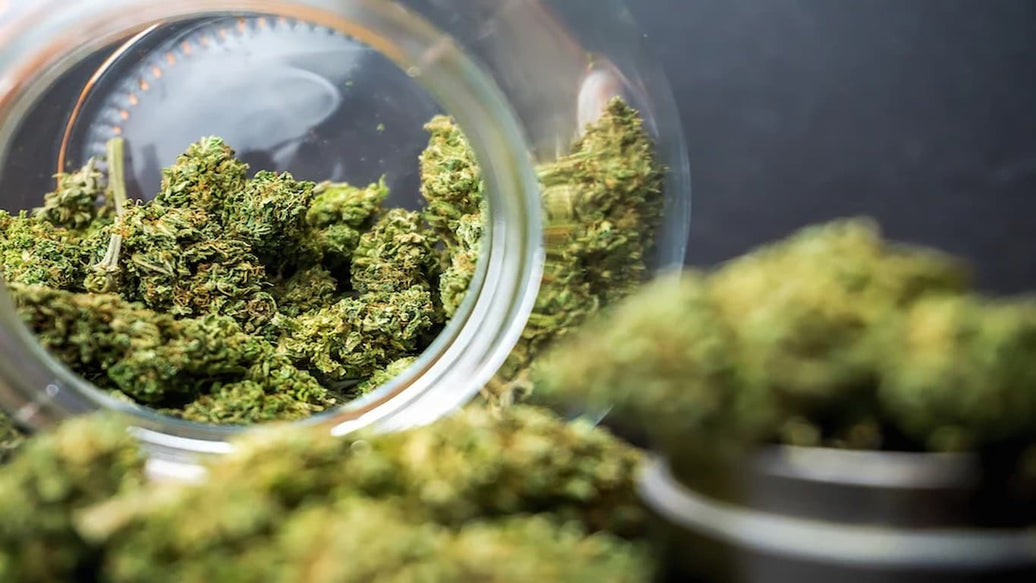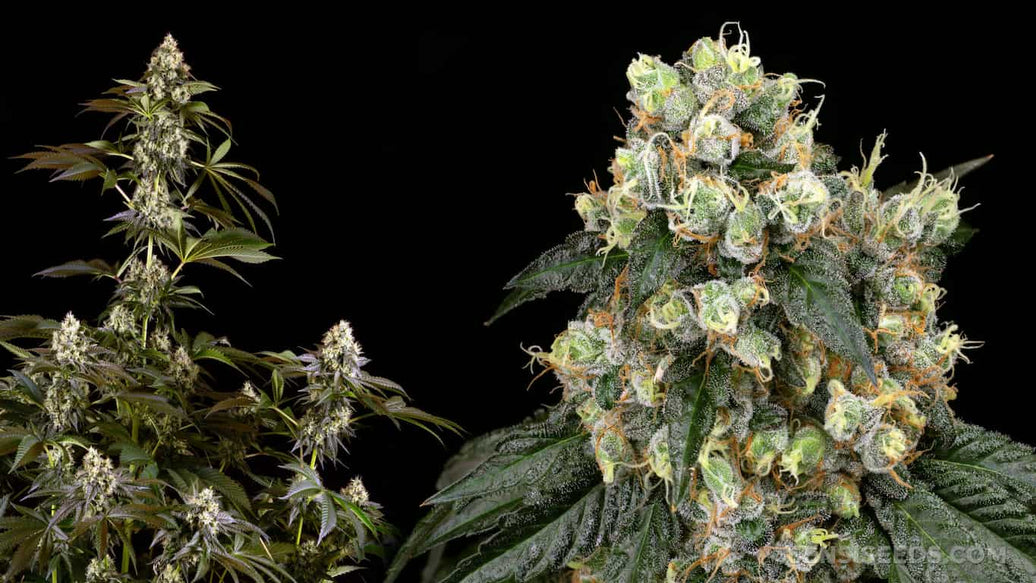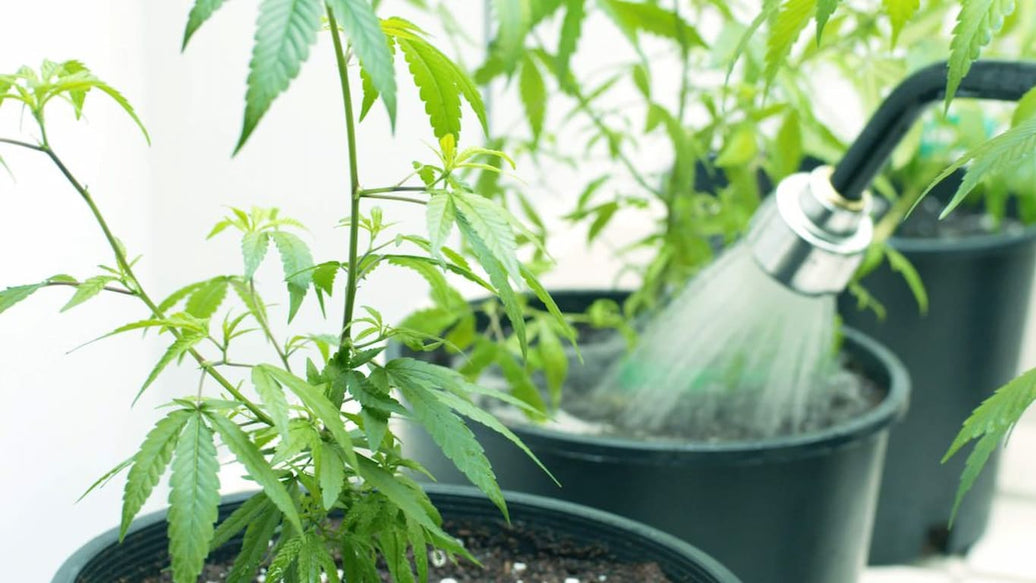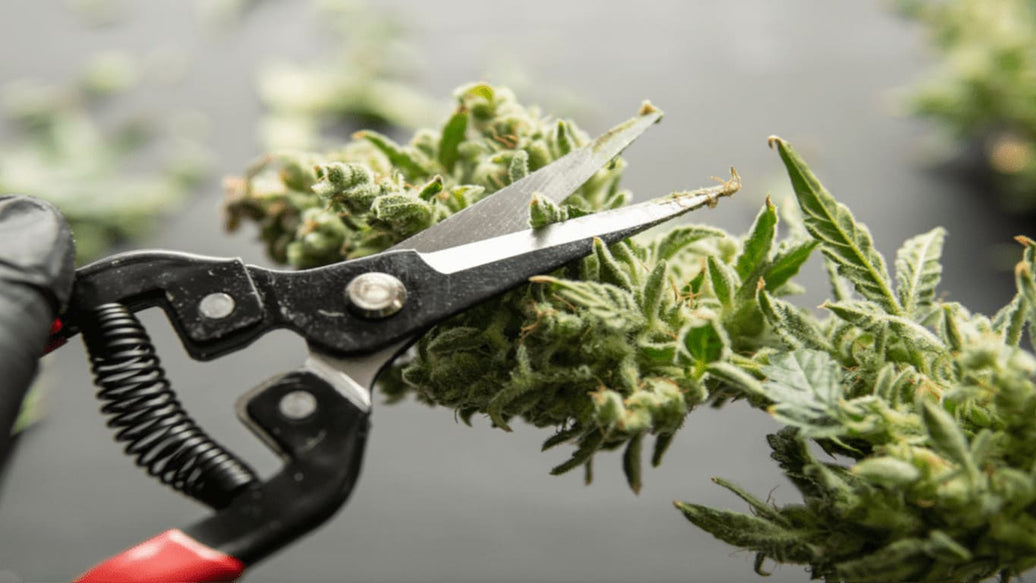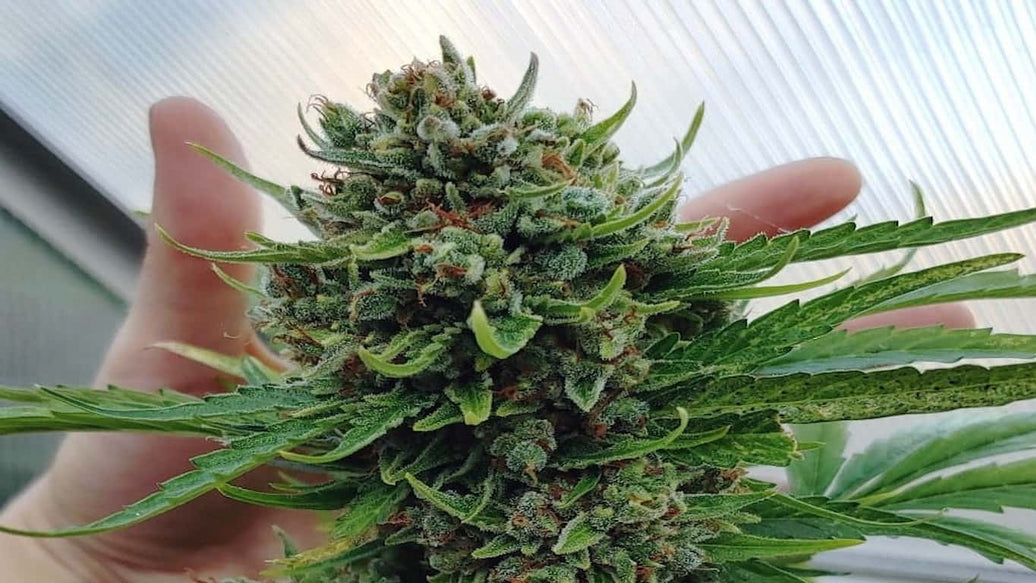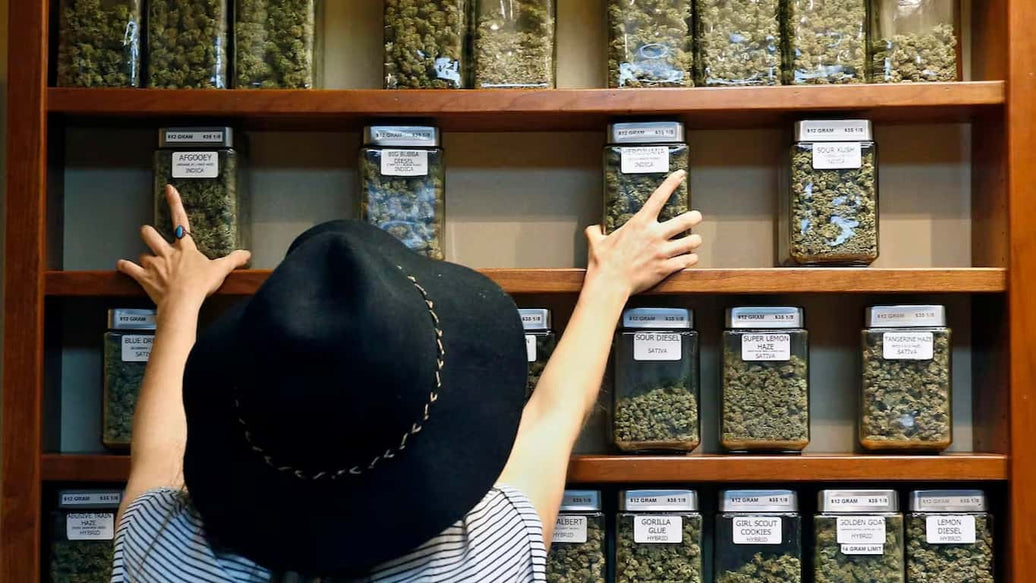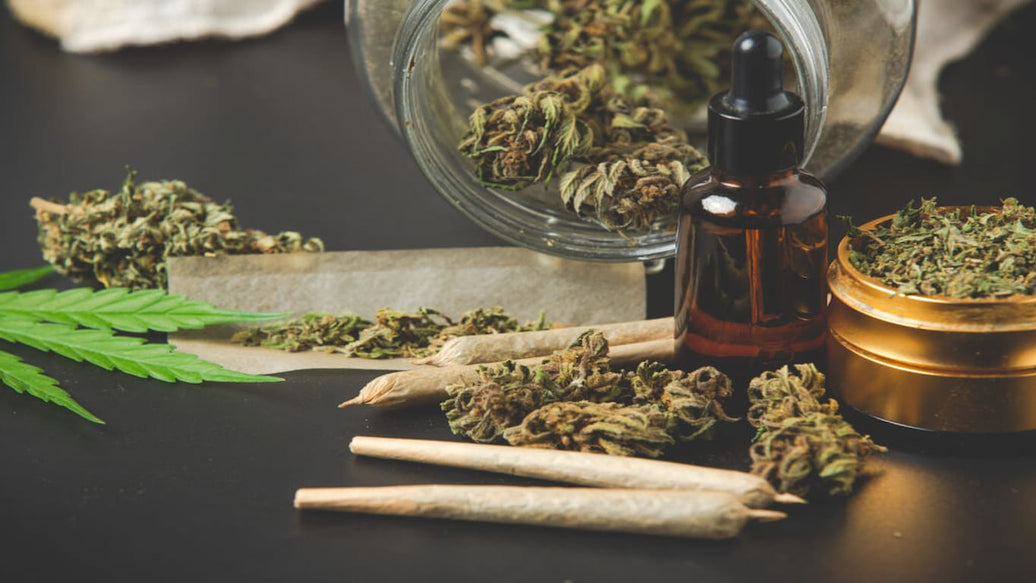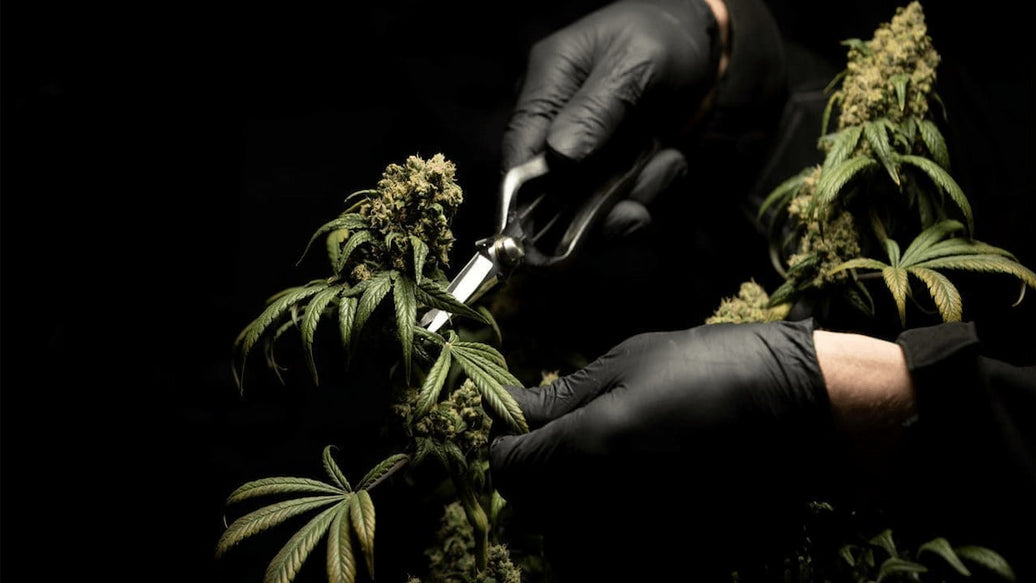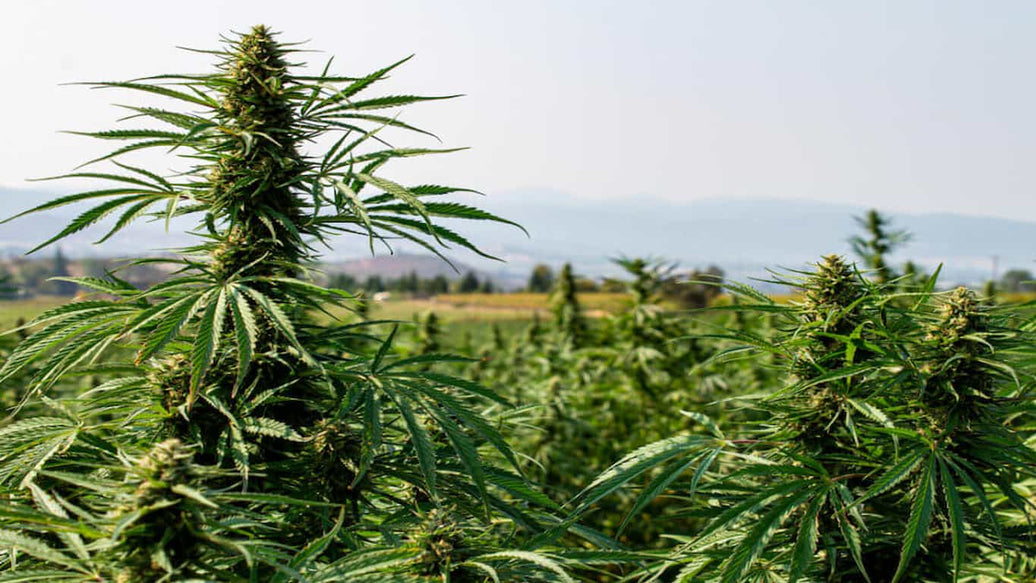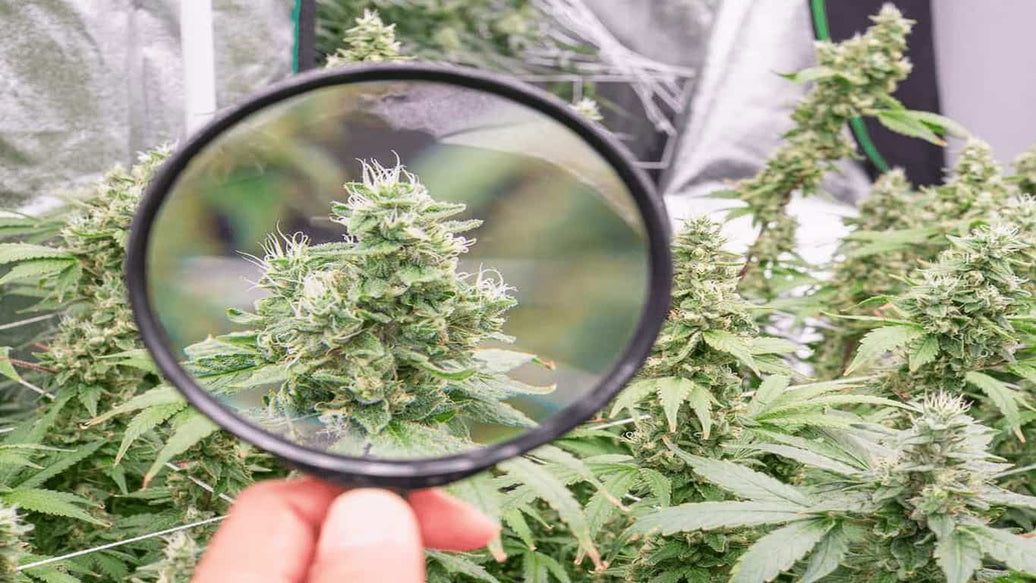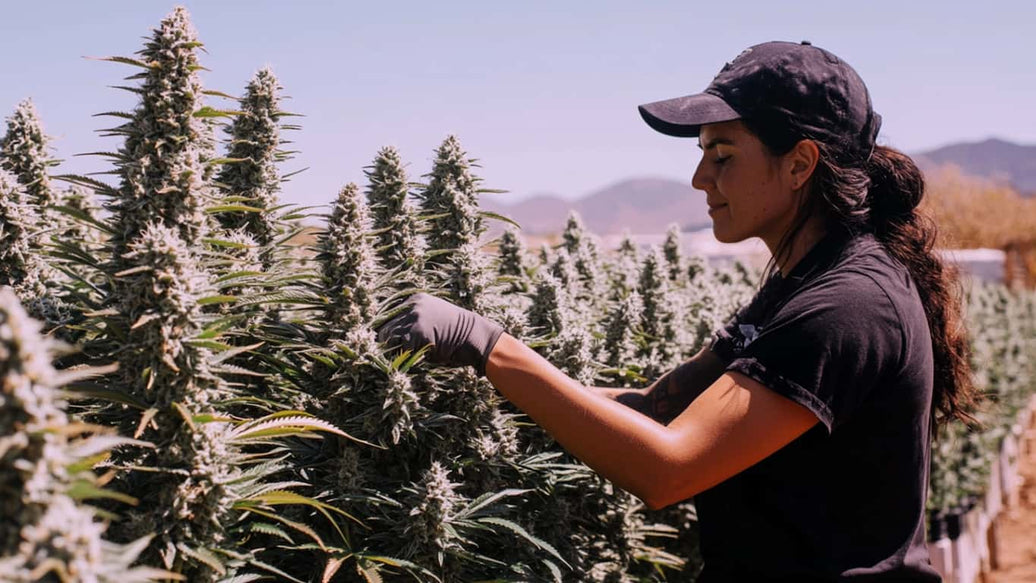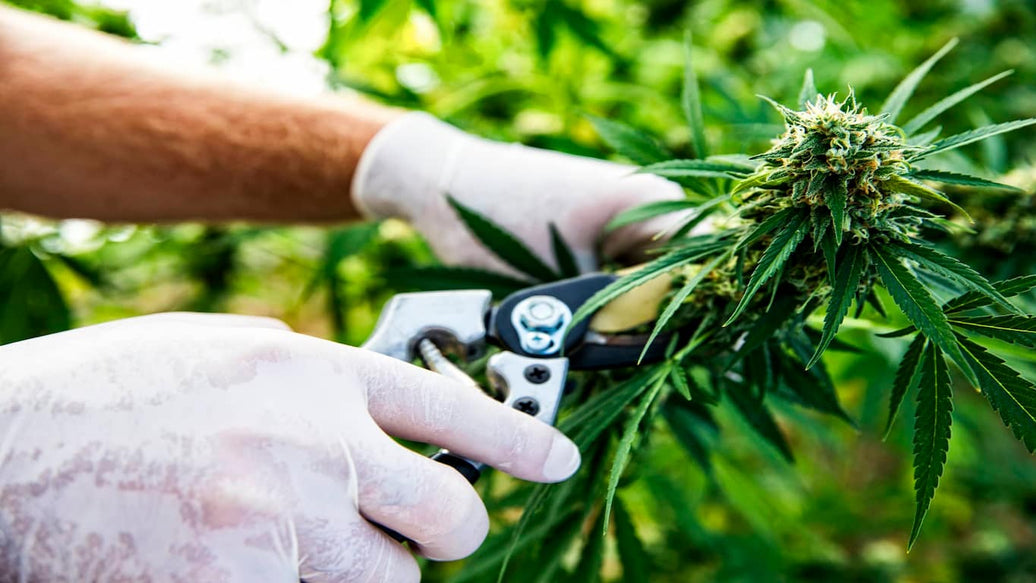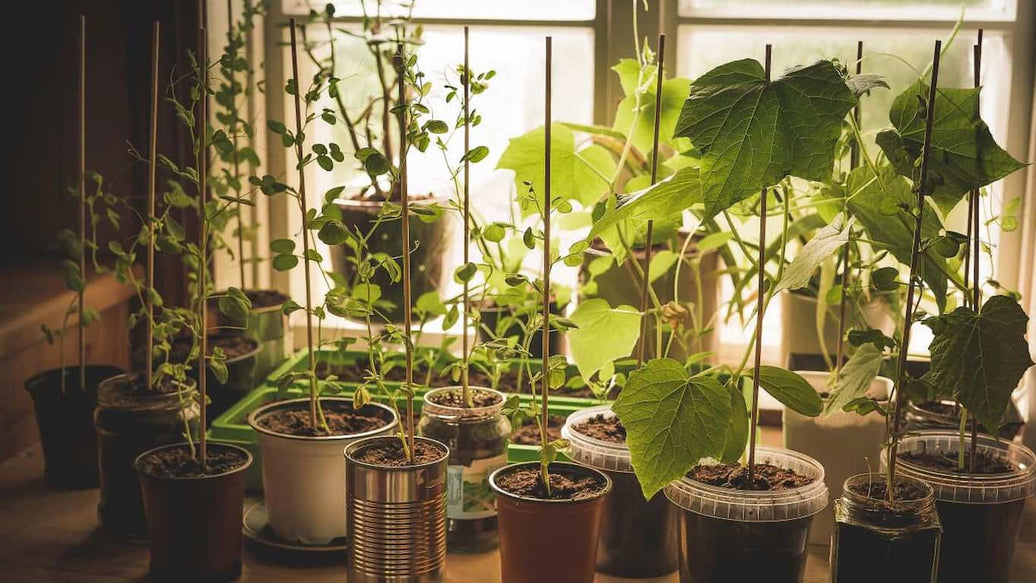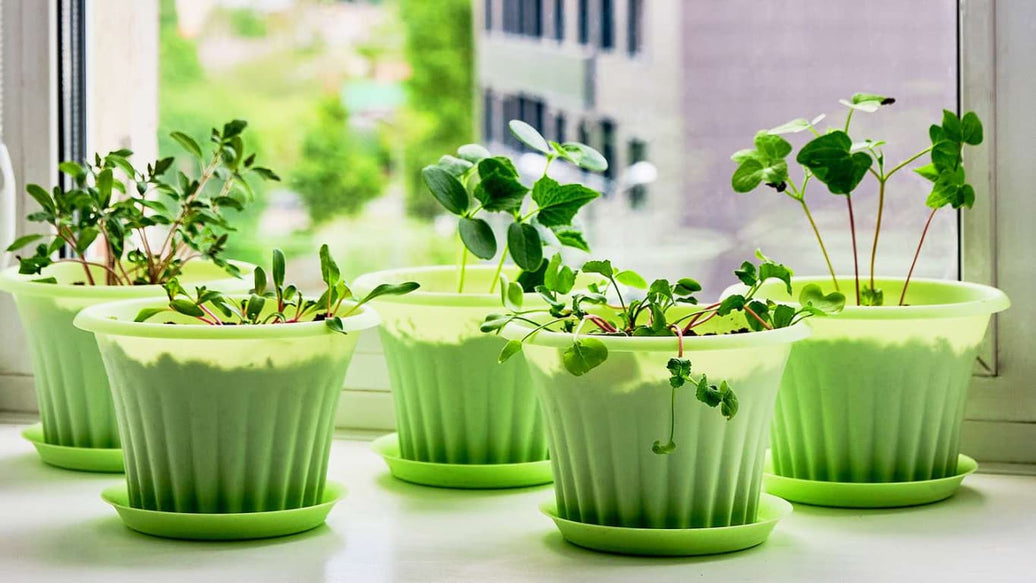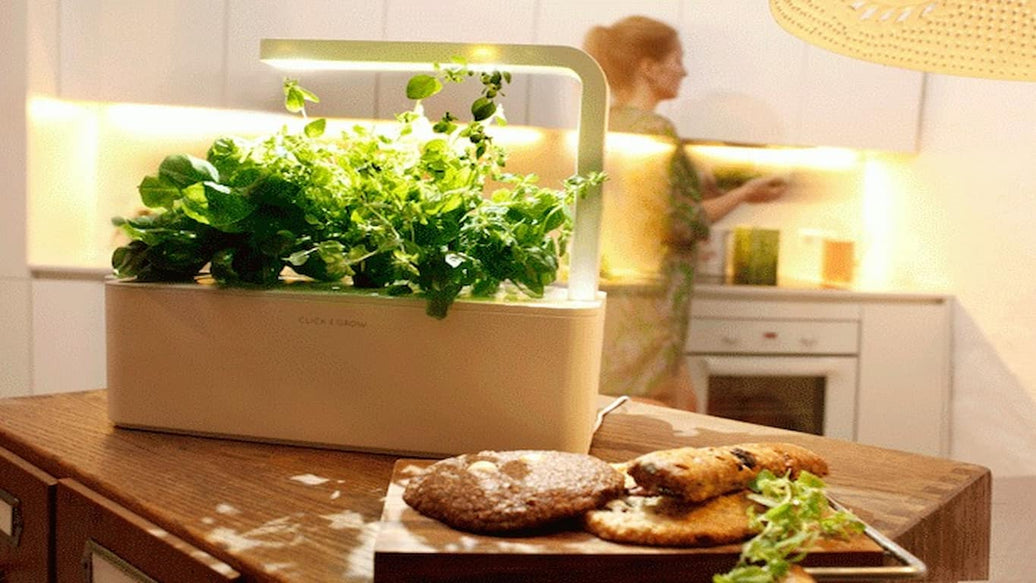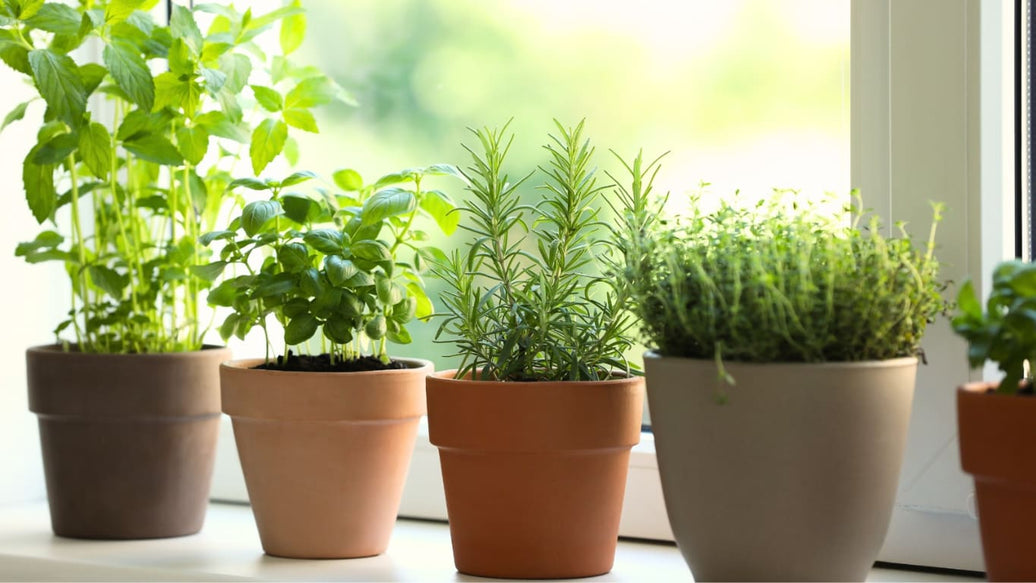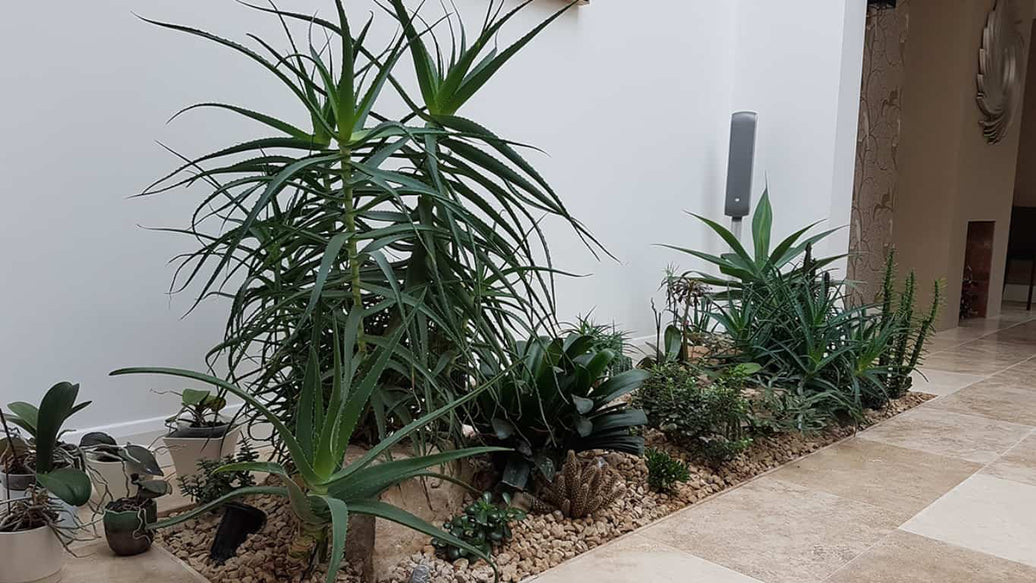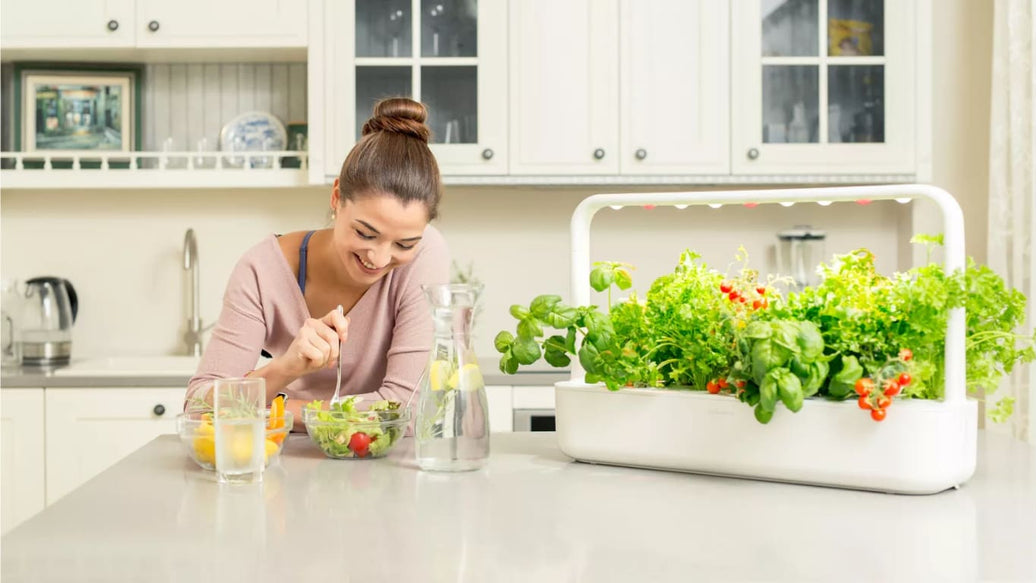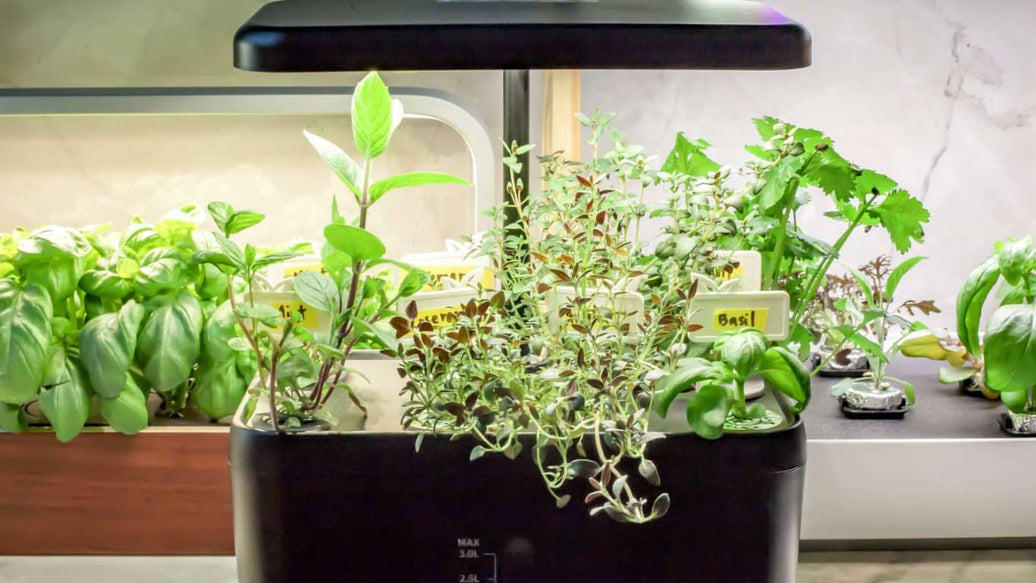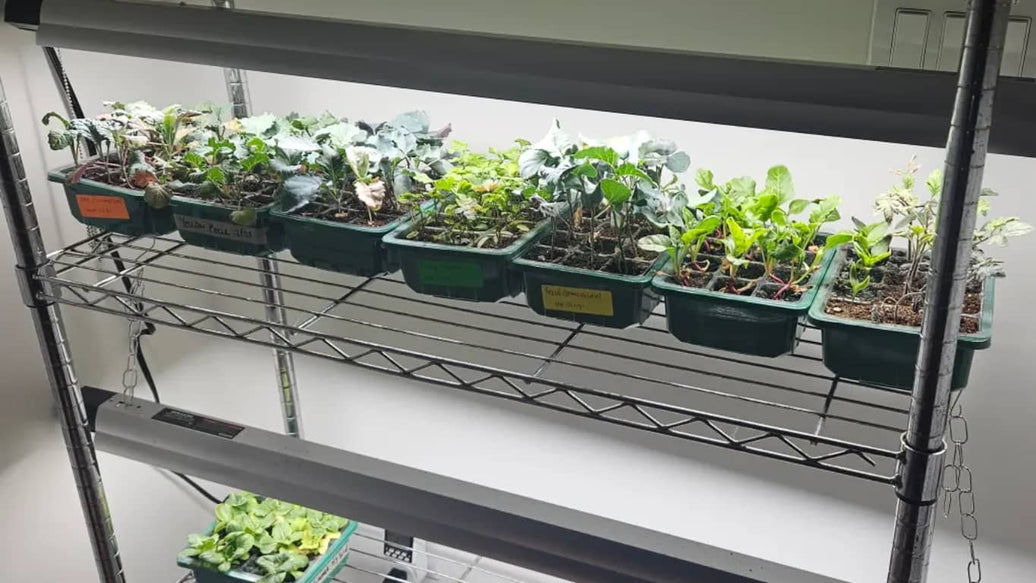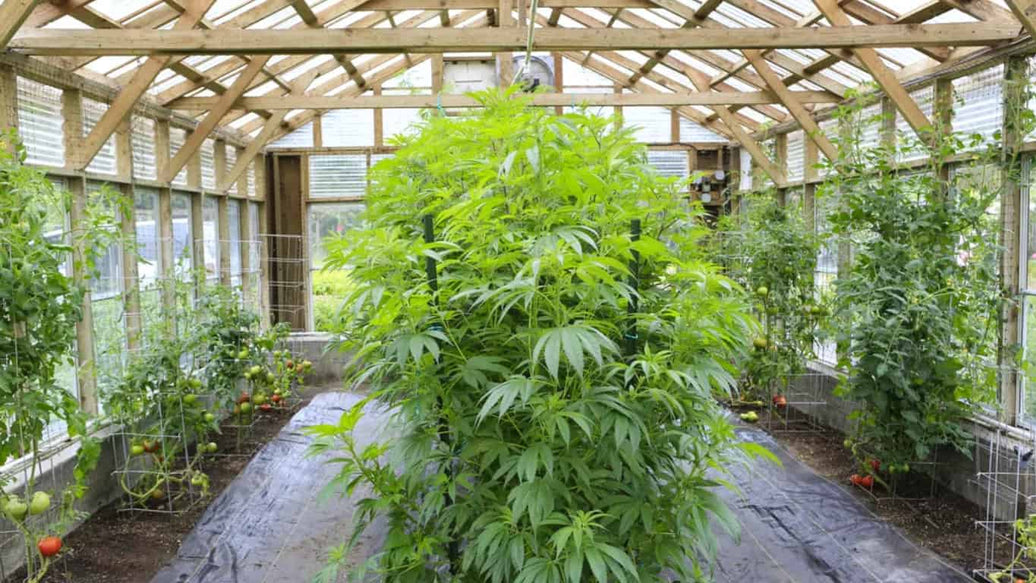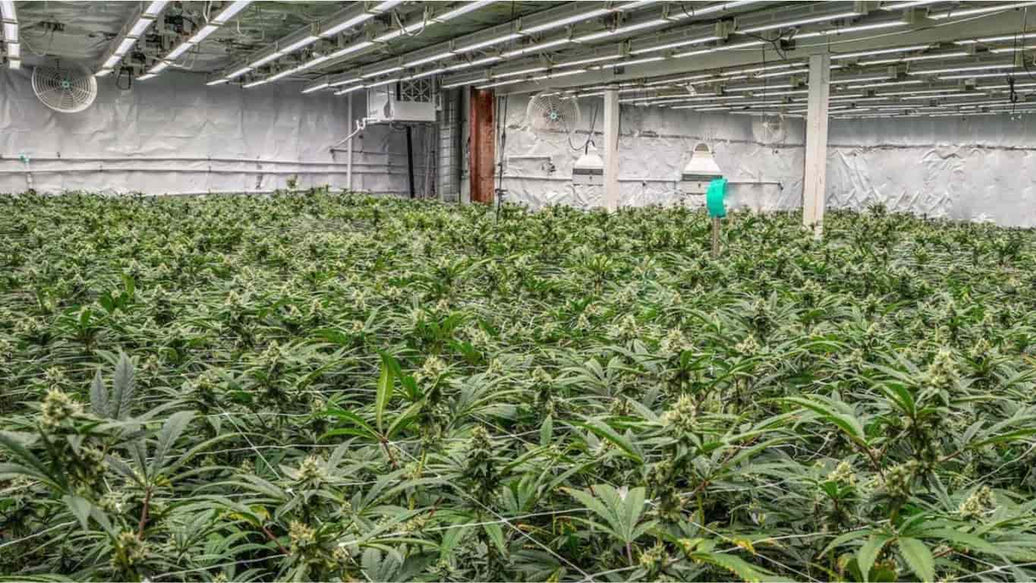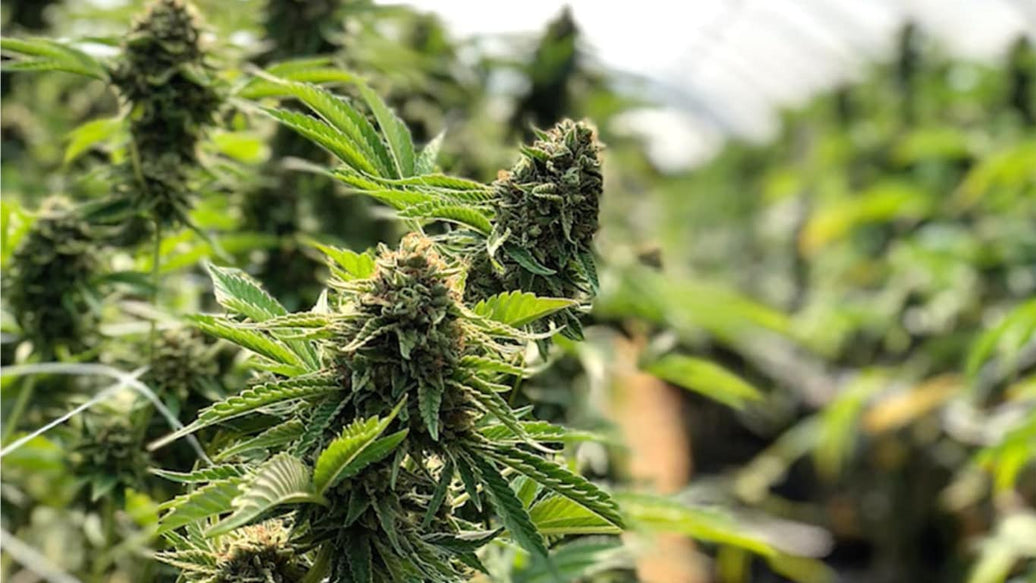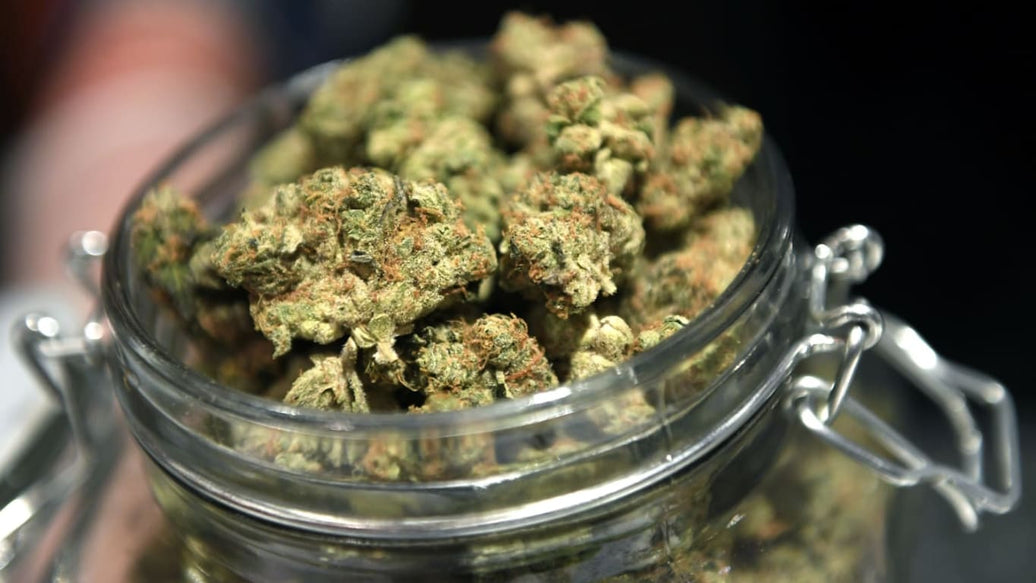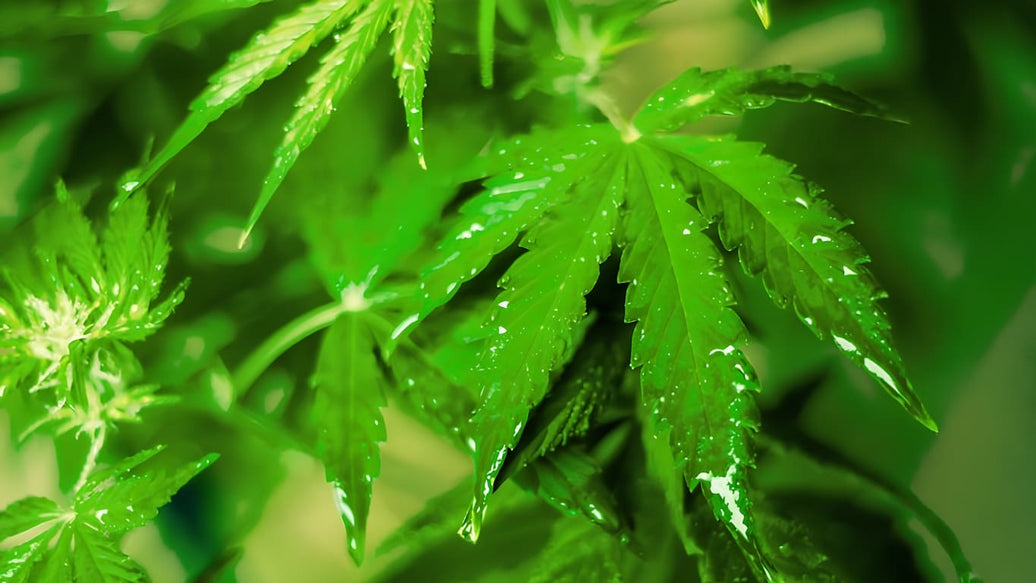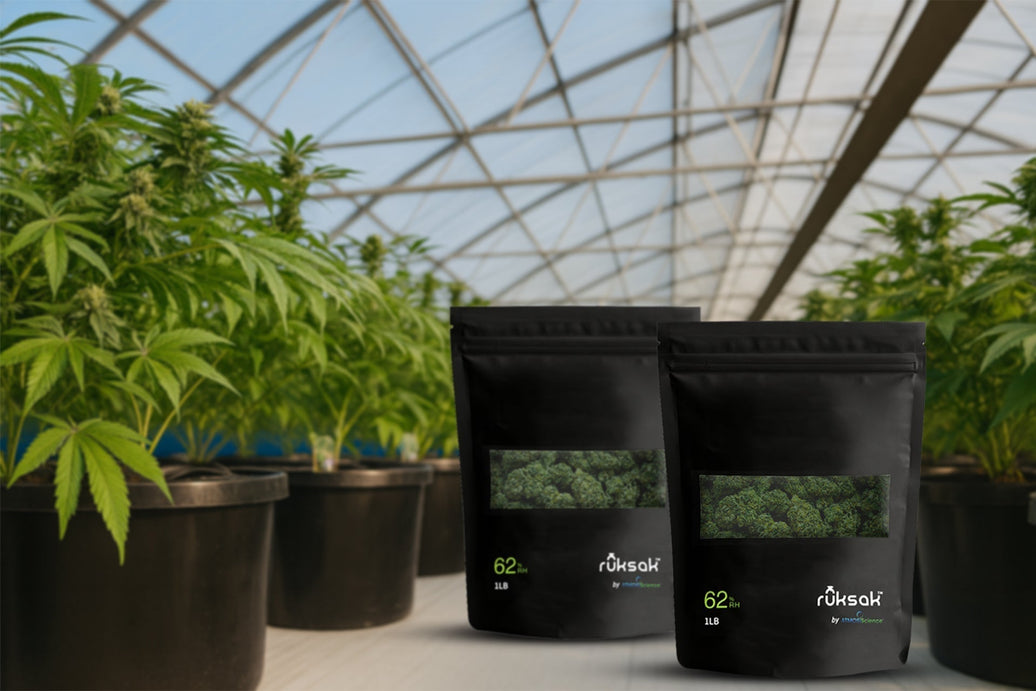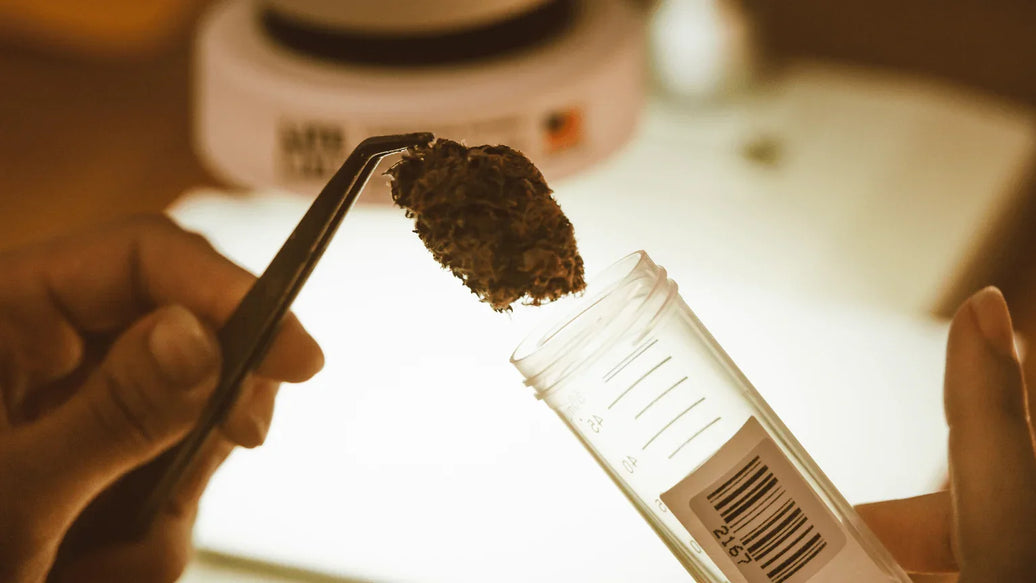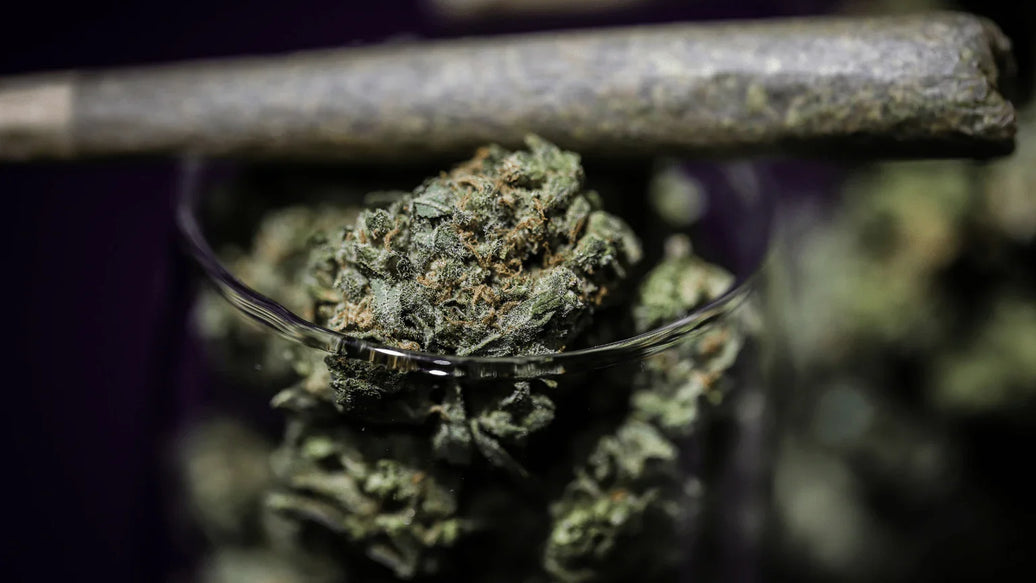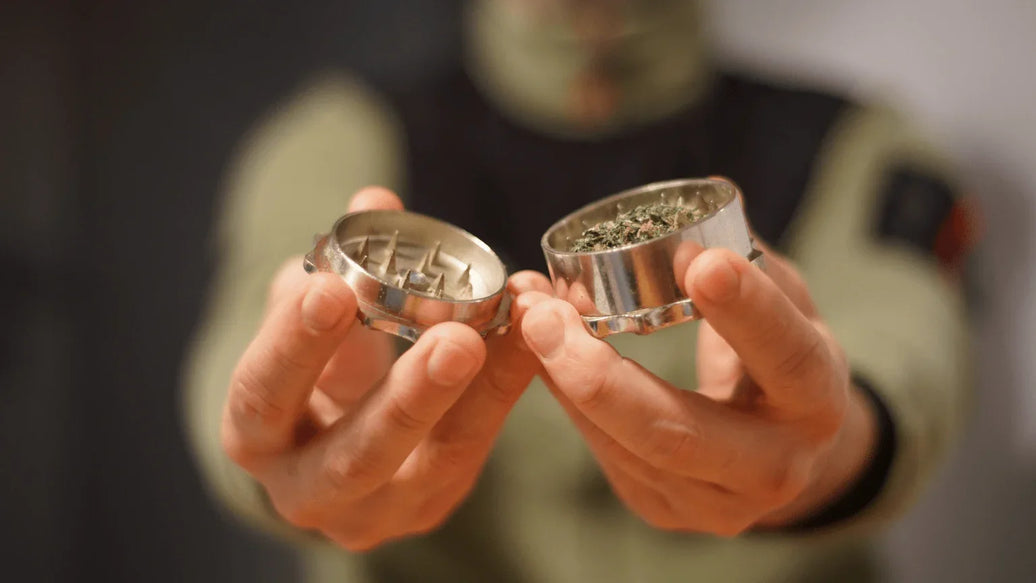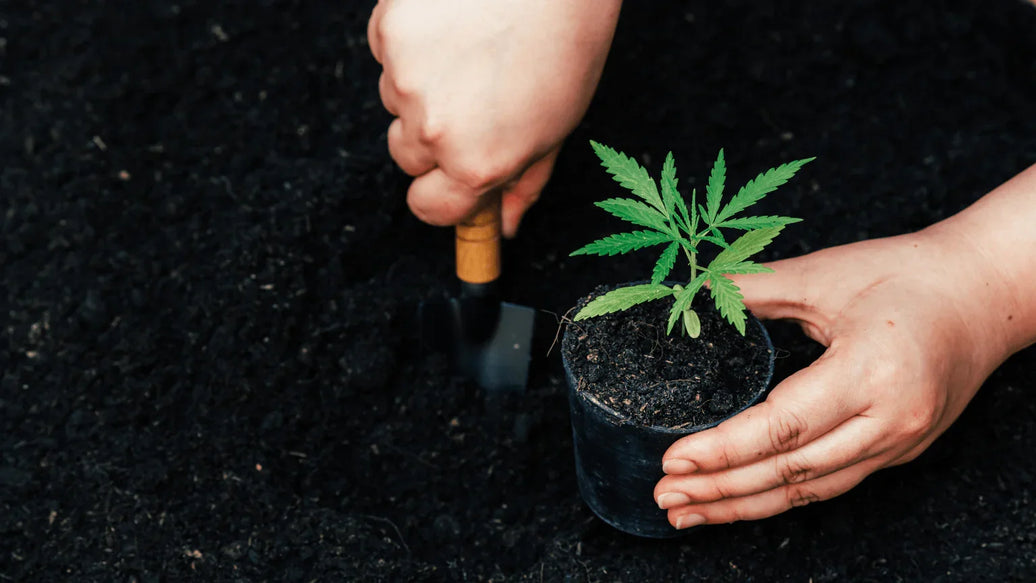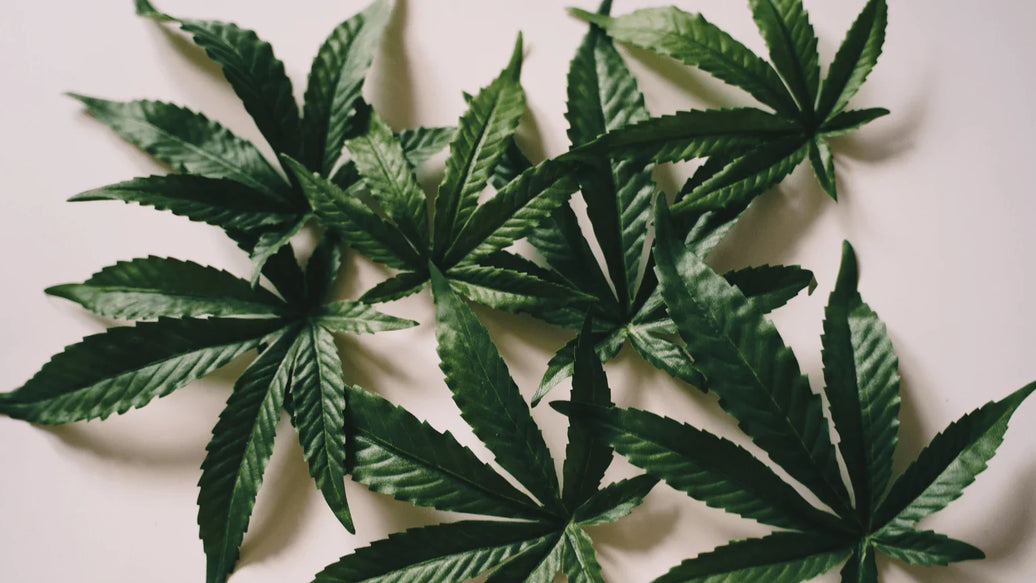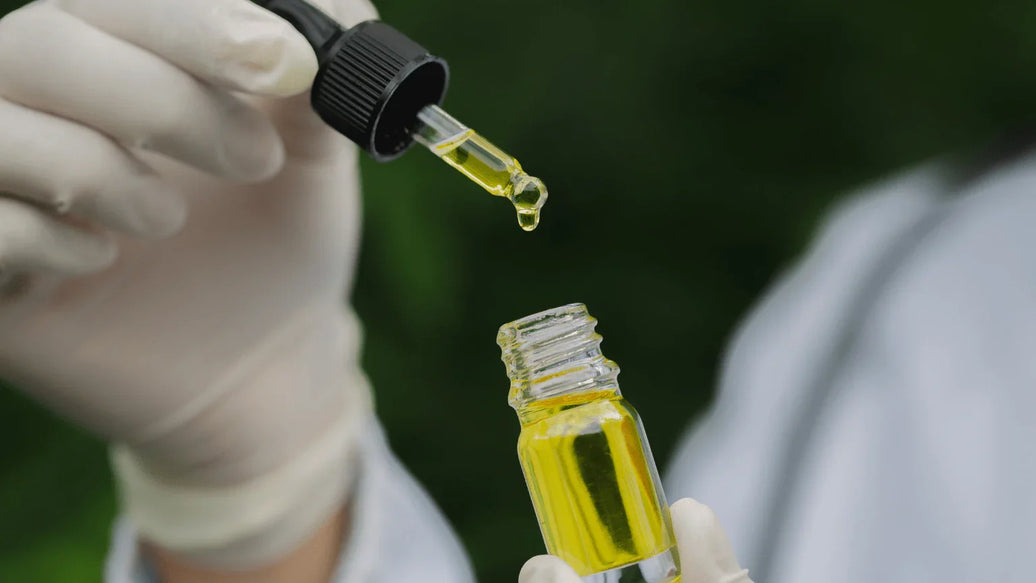In the world of cannabis cultivation, cannabis cloning has emerged as a critical practice for growers demanding consistent, high-quality yields. Unlike growing from seed, cloning cannabis allows cultivators to replicate a specific plant's genetics with remarkable fidelity. This practice not only saves time but also preserves the exact cannabinoid profile and traits of elite mother plants. We will now explore scientifically backed methods on how to clone a weed plant, the environmental factors critical for success, and propagation best practices, all while incorporating tips for proper storage of clones with trusted products from ATMOSIScience.

What is cannabis cloning?
At its core, cloning cannabis is a form of asexual propagation where a cutting taken from a healthy "mother" plant is rooted to produce a genetically identical offspring. Unlike seed propagation, which mixes genetic traits from two parents, cloning preserves the exact traits, including cannabinoid content, growth habits, and resistance to stressors. This genetic fidelity is crucial in ensuring product consistency, especially for medical cannabis patients who rely on predictable therapeutic effects.
Cannabis propagation by cloning contrasts with seed propagation by eliminating genetic variation and accelerating plant production cycles. Instead of waiting weeks for seeds to germinate, clones start with mature plant tissue ready to root. This approach underscores why cloning is often preferred in professional cultivation contexts.
Importance of cloning in cannabis cultivation
The importance of cannabis cloning lies in its ability to produce uniform crops with consistent cannabinoid profiles from one generation to the next. For medical cannabis, where specific THC/CBD ratios matter, this consistency is non-negotiable. Cloning enables cultivators to replicate elite genetics proven to exhibit desired effects and yields, cutting variability factors inherent in seed-based plants.
In addition to genetic reliability, knowing how to clone weed efficiently reduces overall grow time. Growers can cycle crops more quickly, creating multiple harvests annually with clones rooted and ready to flower in a fraction of the time germinating seeds demands. This speed is crucial for meeting commercial market demands where output volume and reliability impact profitability.

Step-by-step cannabis cloning protocols
Successful cannabis cloning is as much an art informed by science as it is a practice refined through careful protocols. Researchers have developed standardized cloning methods founded on experimental evidence to maximize rooting success and clone vigor.
Selecting the mother plant and preparing cuttings
The first critical step is choosing a healthy mother plant, one free from stress and disease with strong desired traits. Cuttings - typically 4 to 6 inches long - should be taken from new growth just below a node. Cuttings made at a clean angle increase the surface area for rooting hormone absorption, critical for stimulating root development.
Applying rooting hormones
Rooting hormone gels, such as hormone powders containing indole-3-butyric acid (IBA), improve rooting by stimulating root initiation from cut stems. Applying hormone immediately after cutting is a widely recommended best practice to increase efficiency.
Optimal environmental conditions
Environmental factors profoundly influence cloning cannabis success. Studies indicate a high relative humidity around 70-80% and a temperature range between 22°C and 25°C (72°F - 77°F) foster root growth and minimize desiccation stress in cuttings. Supplemental light mimicking vegetative spectra at low intensities encourage photosynthesis without overstressing tender clones.
Utilizing cloning domes or humidity tents provides a controlled microenvironment that maintains the moisture and warmth needed for new root formation. Common rooting media include rockwool cubes, coco plugs, or peat pellets offering stability and aeration around emerging roots.

Advanced cloning techniques
Beyond traditional cuttings, emerging techniques like tissue culture cloning represent the next frontier in cannabis propagation. Tissue culture cloning involves growing cannabis tissues in sterile, nutrient-rich media under laboratory conditions. This method allows for:
- Producing thousands of genetically uniform plantlets from small tissue samples
- Long-term preservation of elite genetics without genetic drift
- Rapid multiplication without the risk of pests or diseases
Though resource-intensive, tissue culture is gaining traction for commercial growers aiming for genetic stability and mass propagation. This technique complements traditional cloning and expands the toolbox for large-scale cannabis propagation.
Factors affecting cloning success
Several biological and environmental factors impact cannabis cloning outcomes.
Phenotypic plasticity
Research indicates that variability in physical traits (phenotypic plasticity) influences clone establishment and growth rates. Some cultivars or phenotypes respond better to cloning based on genetic predispositions and physiological conditions at cutting.
Nutrient and hormonal support
During rooting, clones benefit from mild nutrient supplementation and root-support treatments. Studies reveal that appropriate nutrient balance encourages more vigorous root systems, leading to healthier, faster-growing plants post-transplant.
Stress management
Maintaining stable humidity, preventing dehydration, and protecting clones from mold or rot are essential. Environmental stressors can delay or prevent root initiation, reducing success rates, so growers must monitor conditions closely.

Common challenges and troubleshooting in cannabis cloning
Growers often face challenges during cannabis cloning, such as mold developing under high humidity domes, root rot from poor aeration, or clone dehydration. Awareness and prompt action can mitigate these risks:
- Ensure sanitation of tools and growing environment to prevent disease
- Use well-draining growing media to avoid stagnant moisture around roots
- Monitor humidity levels carefully; too high can promote fungal issues, too low can cause clone stress
- Provide gentle airflow to support transpiration and strengthen clones
For more detailed cultivation strategies, see our linked blog on cannabis cultivation tips at atmosiscience.com [internal link: cultivation tips blog].
How to store and transport cannabis clones
Proper storage and transport are often overlooked aspects of successful cannabis propagation. Clones can lose viability quickly if exposed to detrimental environmental fluctuations. Maintaining stable humidity and temperature during transit is essential to preserve clone health.
To maintain clone health during transport or storage, proper humidity control is essential. ATMOSIScience offers specialized cannabis storage solutions such as Humidi-Cure, which regulates humidity and protects clones during shipping or temporary storage; 1 lb ruksak bags; and specialized jar liners that help maintain freshness and prevent moisture loss, critical for high clone survival rates.

Conclusion
Cannabis cloning offers cultivators unparalleled control over genetics, crop uniformity, and production speed. By following scientifically supported protocols - from mother plant selection to environmental control and rooting techniques - growers can maximize cloning success and maintain consistent product quality.
Explore our comprehensive selection of cannabis storage products and related cannabis cultivation insights on https://atmosiscience.com to support every stage of your grow journey

